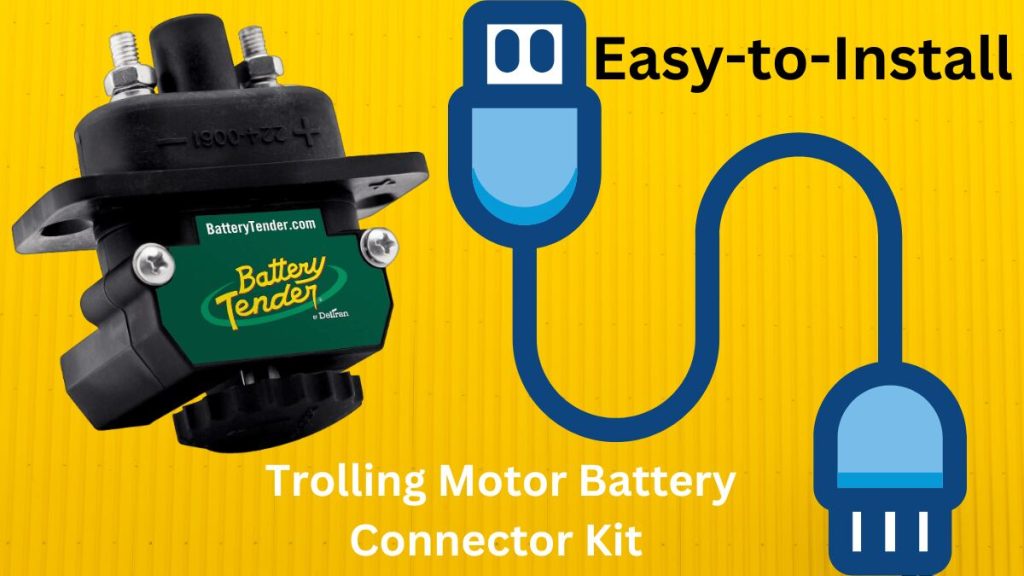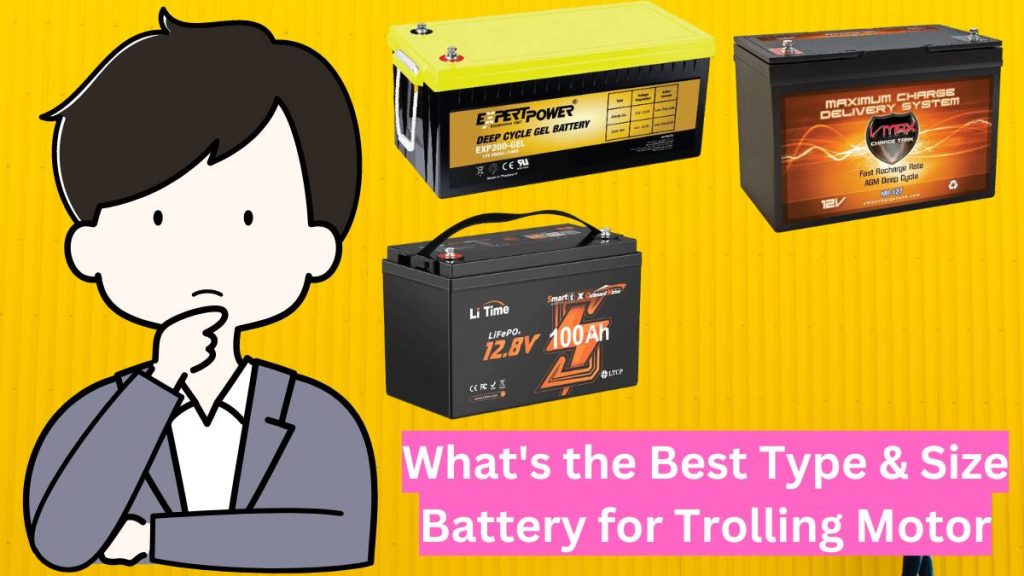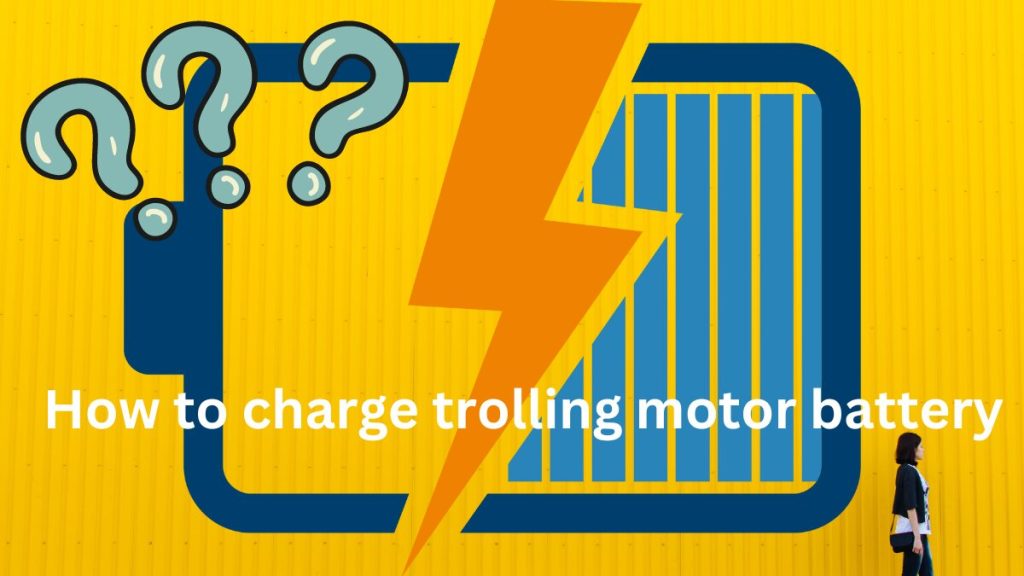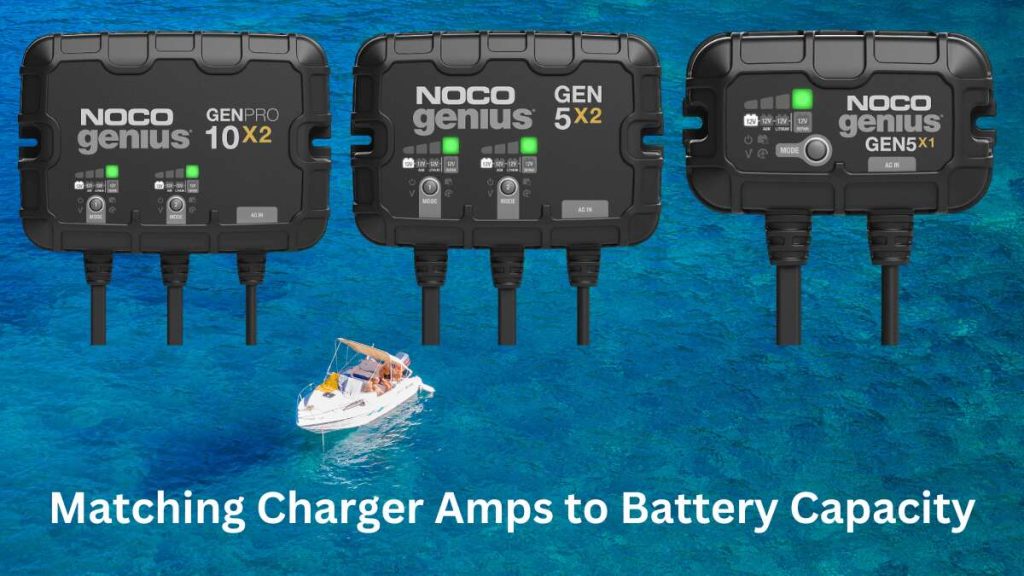When embarking on a day out on the water, having a reliable and efficient connection between your trolling motor and battery is crucial for ensuring smooth and uninterrupted operation. This is where a high-quality trolling motor battery connector kit comes into play. Designed to facilitate a secure and efficient electrical connection, a trolling motor battery connector kit is an essential component for every boater who relies on a trolling motor for navigation and fishing. These kits are specifically engineered to handle the demands of marine environments, where exposure to moisture, salt, and vibration can take a toll on electrical components. By providing a robust link between the battery and the trolling motor, these kits ensure that power is delivered consistently, minimizing the risk of sudden motor failures or performance issues that could disrupt your time on the water.
Choosing the right trolling motor battery connector kit involves understanding the specific needs of your motor and battery setup. From various types of connectors and cables to considerations for durability and compatibility, the options available are designed to cater to a wide range of trolling motor configurations. Proper installation and maintenance of these kits not only enhance the performance of your trolling motor but also contribute to the overall safety and reliability of your boating experience. In this guide, we’ll delve into the intricacies of trolling motor battery connector kits, exploring their components, installation processes, and maintenance tips, ensuring you have all the information needed to make an informed decision and keep your trolling motor operating at its best.
What is a Trolling Motor?
A trolling motor is an essential piece of equipment for anglers and boaters. It’s a small, electric motor that’s used to propel a boat slowly through the water. Unlike the main engine, which is used for high-speed travel, the trolling motor allows for a quieter and more controlled movement, which is crucial for fishing or navigating in shallow waters.
How Does a Trolling Motor Work?
Trolling motors are powered by batteries, which supply the electrical energy needed to drive the motor’s propeller. These motors are typically mounted on the bow or transom of the boat and can be steered either manually or electronically. The connection between the battery and the motor is facilitated by the battery connector kit, which ensures that the electrical current flows efficiently.
Why Battery Connectors Matter
Battery connectors might seem like a small component, but they play a crucial role in the overall functionality of your trolling motor. A good battery connector ensures a secure and reliable connection between the battery and the motor, preventing any potential power loss or electrical issues that could compromise your boating experience.
Types of Battery Connectors
There are several types of battery connectors used in trolling motors. Each type serves a specific purpose and is designed to handle different electrical requirements. Common types include:
- Quick Connectors: These allow for easy disconnection and reconnection of the battery.
- Anderson Connectors: Known for their durability and high current handling capabilities.
- Ring Terminals: Typically used for a more permanent connection.
What is a Trolling Motor Battery Connector Kit?
A trolling motor battery connector kit is a collection of components designed to establish a secure and efficient electrical connection between a trolling motor and its battery. This connection is crucial for ensuring that the trolling motor receives a steady and reliable supply of power. Here’s a detailed breakdown of the components typically included in a trolling motor battery connector kit:
1. Connectors
Connectors are the key components of the kit, responsible for linking the battery and the trolling motor. There are several types of connectors used in these kits, each with specific features:
- Quick Connectors: These connectors are designed for ease of use, allowing users to quickly attach and detach the trolling motor from the battery. They often feature a push-and-pull mechanism or a latch system, making them convenient for users who need to frequently disconnect their motor.
- Anderson Connectors: Known for their durability and high current handling capabilities, Anderson connectors are often used in high-power applications. They are designed to handle high amperage and are resistant to corrosion, making them ideal for marine environments.
- Ring Terminals: Ring terminals are used for a more permanent connection. They are typically attached directly to the battery terminals and secured with bolts or nuts. This type of connector is known for its solid and stable connection, which is less prone to loosening over time.
2. Cables
Cables are essential for transmitting electrical power from the battery to the trolling motor. The quality and specifications of the cables play a significant role in the efficiency and safety of the power transfer:
- Gauge Size: The gauge of the cable determines its current-carrying capacity. For trolling motors, cables are usually of a thicker gauge (lower number) to handle higher currents without overheating. Common gauges for trolling motor cables include 6 AWG or 8 AWG.
- Insulation: Cables are coated with insulation to protect against moisture, abrasion, and heat. Marine-grade cables typically feature high-quality insulation that can withstand harsh environmental conditions, including exposure to saltwater.
3. Hardware
The hardware in a trolling motor battery connector kit includes various components that facilitate the installation and secure attachment of the connectors and cables:
- Mounting Brackets: These are used to attach the connectors to a stable surface, such as the battery compartment or the trolling motor mount. They help keep the connectors in place and prevent movement that could lead to wear or disconnection.
- Screws and Bolts: These fasteners are used to secure the connectors and ring terminals to the battery terminals and trolling motor. They need to be made of corrosion-resistant materials to ensure long-lasting performance in a marine environment.
- Heat Shrink Tubing: This is used to cover the connectors and soldered joints to provide additional protection against moisture and physical damage. It helps seal the connections and improve their durability.
4. Fuse or Circuit Breaker
Some kits include a fuse or circuit breaker to protect the electrical system from overloads or short circuits. The fuse or circuit breaker is installed between the battery and the trolling motor to prevent damage to the components in case of an electrical fault:
- Fuse: A fuse is a safety device that blows (breaks the circuit) when the current exceeds a certain level, thereby protecting the system from damage. It needs to be replaced once it blows.
- Circuit Breaker: A circuit breaker functions similarly to a fuse but can be reset after tripping. It provides protection and can be reused without needing replacement.
5. Instruction Manual
An instruction manual is often included in the kit to guide users through the installation process. It provides step-by-step instructions, safety precautions, and maintenance tips to ensure that the connector kit is installed and used correctly.
In short, a trolling motor battery connector kit comprises various components such as connectors, cables, hardware, and safety devices, all designed to establish and maintain a reliable electrical connection between the trolling motor and battery. The quality and specifications of these components are crucial for the efficient and safe operation of the trolling motor.
Choosing the Right Trolling Motor Battery Connector Kit: Factors to Consider
Selecting the right trolling motor battery connector kit is crucial for ensuring your trolling motor operates smoothly and reliably. Here’s a detailed look at the factors you should consider to make an informed choice:
1. Compatibility with Your Motor
The foremost consideration when choosing a trolling motor battery connector kit is compatibility. Different trolling motors and batteries have varying electrical specifications and connector types. Ensure that the connector kit you choose matches the specifications of your trolling motor and battery. Check the connector types and ensure they are compatible with your motor’s input and output requirements. This prevents issues like poor electrical contact or inadequate power transfer, which can affect performance.
2. Durability and Material Quality
Given the harsh marine environment, durability is a critical factor. The connector kit should be made from high-quality materials that can withstand exposure to moisture, salt, and vibrations. Look for connectors and cables made from corrosion-resistant materials such as stainless steel or high-grade plastics. The robustness of the connectors and the insulation quality of the cables will directly affect the longevity and performance of your trolling motor setup.
3. Current Rating and Power Handling
Different trolling motors have varying power requirements, which means the connector kit must be able to handle the motor’s current rating. Ensure the connectors and cables in the kit are rated to handle the amperage your motor draws. Using connectors that are not rated for your motor’s power needs can lead to overheating, poor performance, and potential safety hazards.
4. Ease of Installation
Ease of installation is another important consideration. Some connector kits come with detailed instructions and all necessary hardware, making the installation process straightforward. Look for kits that include clear installation guidelines and components that are user-friendly. Kits with quick-connect features or color-coded wires can simplify the installation process, especially for those who prefer to handle the setup themselves.
5. Connector Type and Design
Connector types vary, including quick-connect, Anderson, and ring terminal connectors. Each type has its advantages. For example, quick-connect connectors allow for easy disconnection and reconnection, which is convenient if you frequently remove the battery. Anderson connectors are known for their high current handling and durability. Choose a connector type that suits your usage patterns and preferences.
6. Brand Reputation and Reviews
The reputation of the brand and user reviews can provide insights into the quality and reliability of the connector kit. Established brands often have a track record of producing high-quality marine components. Reading reviews from other users can give you a sense of the kit’s performance, durability, and any potential issues to be aware of.
7. Price and Value for Money
While price shouldn’t be the only factor, it’s important to balance cost with quality. Higher-priced kits often offer better materials and durability, which can be worth the investment in the long run. Compare different kits to assess the value for money, considering factors such as material quality, durability, and included components.
8. Maintenance and Upgradability
Consider the ease of maintaining and upgrading the connector kit. Some kits are designed to be easily maintained and upgraded, allowing for replacement of parts or upgrading to a higher capacity connector if needed. Ensure that the kit you choose allows for flexibility in maintenance and future upgrades.
By carefully evaluating these factors, you can select a trolling motor battery connector kit that ensures reliable performance, durability, and compatibility with your motor and battery setup. A well-chosen connector kit will enhance your boating experience and help you get the most out of your trolling motor.
Battery Tender DC to DC Power Connector – Trolling Motor Plug for Onboard Marine connector kit
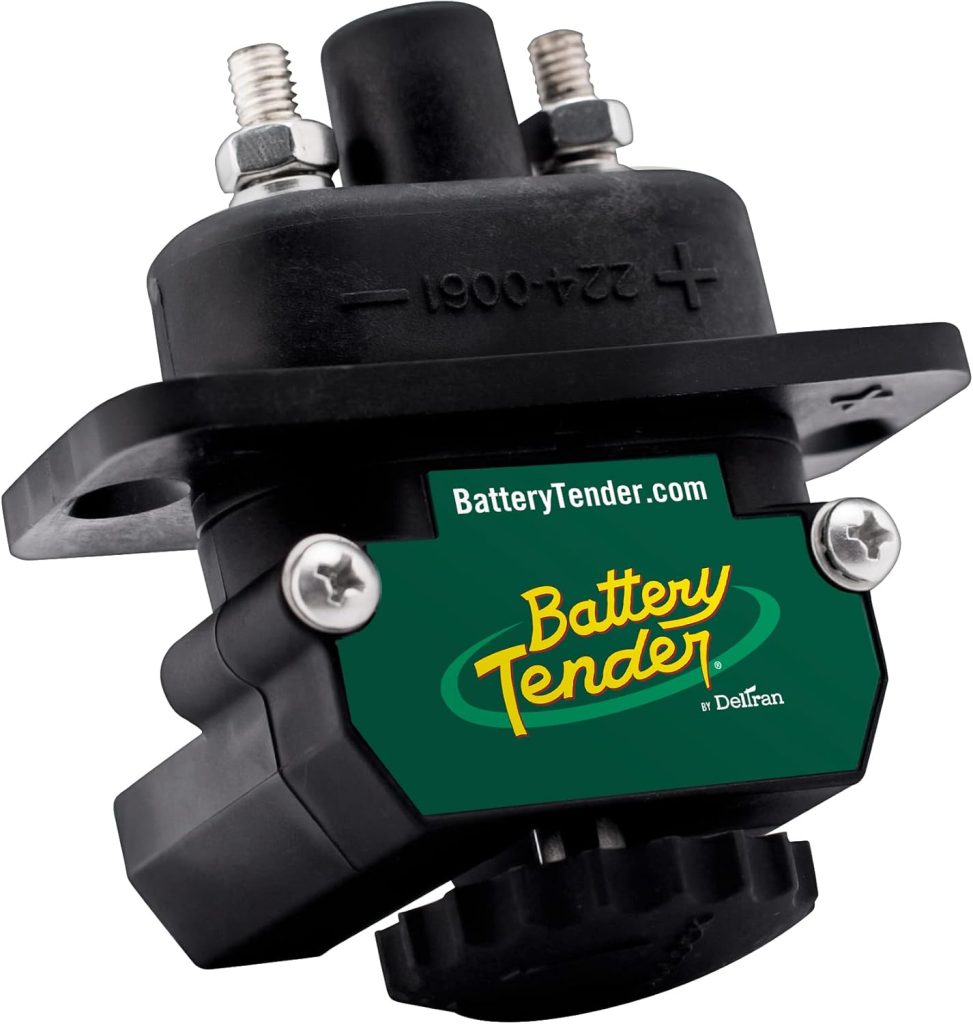
The Battery Tender DC to DC Power Connector is designed for efficient and reliable power connections on your marine vessel. This high-quality connector is perfect for linking your 12V, 24V, 36V, or 48V DC systems to trolling motors, navigational electronics, or any other DC-powered accessories. With an 80 AMP capacity, it delivers powerful and consistent electrical flow, ensuring your equipment performs optimally.
Constructed from durable, corrosion-resistant stainless steel, this power connector is built to withstand the harsh marine environment. Its compact and non-bulky design ensures it won’t interfere with your boat’s layout while providing robust power handling. The Battery Tender connector is equipped with an easy-to-install screw and lock system, making setup a breeze and ensuring a secure connection.
Key Features:
- Premium Connectivity: Supports 12V, 24V, 36V, and 48V DC to DC connections, ideal for various marine and DC-powered applications.
- Built To Last: Crafted from high-strength, corrosion-resistant stainless steel, ensuring durability and resistance to weather and vibration.
- High Power Rating: Handles up to 80 AMPs of continuous service, allowing for a powerful and stable electrical flow.
- Compact Design: Small and non-bulky, the connector is designed to be space-efficient while still providing high performance.
- Complete Kit: Includes 2 x 3.25 x 3.5-inch L-shaped connector plug (female), receptacle (male), gasket, 2 cable cover screws, and a linear conversion kit.
- Warranty and Support: Covered by a 5-year warranty and lifetime customer support for added peace of mind.
Advantages:
- Durable Construction: Made from corrosion-resistant stainless steel, this connector is built to last and withstand the rigors of marine environments.
- High Power Capacity: With an 80 AMP rating, it ensures reliable power delivery for high-demand applications, including trolling motors and onboard electronics.
- Compact and Lightweight: The small, non-bulky design makes it easy to install and manage without taking up too much space.
- Weather and Vibration Resistant: Designed to handle harsh weather conditions and vibration, making it suitable for all marine environments.
- Easy Installation: The screw and lock connector system simplifies installation and ensures a secure and stable connection.
Disadvantages:
- Limited Voltage Support: While it supports multiple DC voltages, users with non-standard voltage requirements may need an alternative solution.
- Specific Use Case: Primarily designed for marine and DC-powered applications, this connector may not be suitable for other types of power connections.
- Compact Size May Limit Application: For very high-power applications beyond 80 AMPs, additional connectors or a different solution may be necessary.
Usage:
The Battery Tender DC to DC Power Connector is ideal for marine use, particularly for connecting trolling motors, navigational electronics, or other DC-powered devices. Its robust design ensures a reliable connection even in harsh conditions, while its compact size allows for easy installation in confined spaces. Simply connect the L-shaped plug to your battery and the receptacle to your DC accessory, and enjoy a secure and powerful connection.
Why Buy This Connector?
If you’re looking for a dependable and high-performance power connector for your marine or DC-powered systems, the Battery Tender DC to DC Power Connector is an excellent choice. With its durable construction, high power rating, and easy installation, it offers everything you need to ensure a reliable electrical connection. Plus, with a 5-year warranty and lifetime customer support, you can purchase with confidence, knowing you’re backed by exceptional service. Don’t settle for less—upgrade your power connections with Battery Tender today and experience the difference in reliability and performance.
Installation of Battery Tender DC to DC Power Connector
Installing the Battery Tender DC to DC Power Connector involves a series of steps to ensure a secure and reliable connection for your trolling motor. This connector is designed for onboard marine use and supports a wide range of voltages (12V to 48V) with an 80 AMP capacity, making it suitable for various applications. Here’s a step-by-step guide to help you through the installation process:
1. Gather Your Tools and Materials
Before you begin, make sure you have the following tools and materials:
- Battery Tender DC to DC Power Connector Kit (027-0004-KIT)
- Wire cutters and strippers
- Crimping tool
- Screwdriver
- Electrical tape
- Heat shrink tubing (if not included in the kit)
- Marine-grade wire (appropriate gauge)
- Terminal connectors
- Fuse or circuit breaker (if not included in the kit)
2. Safety Precautions
- Disconnect the Battery: Before starting the installation, disconnect the battery to ensure safety and prevent any electrical shorts.
- Work in a Well-Ventilated Area: Ensure you are working in a well-ventilated area to avoid inhaling fumes from the wires or connectors.
3. Prepare the Wires
- Cut and Strip Wires: Cut the marine-grade wire to the appropriate length needed for your installation. Strip approximately 1/2 inch of insulation from the ends of each wire to expose the metal conductor.
- Attach Terminal Connectors: Crimp terminal connectors onto the stripped ends of the wires. Ensure a secure connection by using a crimping tool. If your kit includes heat shrink tubing, slide it over the crimped terminal before applying heat.
4. Install the DC to DC Power Connector
- Locate Mounting Area: Choose a suitable mounting location for the DC to DC Power Connector. It should be easily accessible and located in a dry, well-ventilated area.
- Mount the Connector: Use the provided mounting hardware to secure the connector in place. Ensure that it is firmly attached and positioned to avoid any strain on the wires.
5. Connect the Wires
- Connect to the Battery: Attach the positive wire (usually red) from the connector to the positive terminal of the battery. Similarly, connect the negative wire (usually black) to the negative terminal of the battery. Ensure all connections are tight and secure.
- Connect to the Trolling Motor: Connect the other end of the wires to the trolling motor’s power terminals. Again, make sure that the connections are secure and correctly aligned with the motor’s specifications.
6. Secure and Protect Connections
- Insulate Connections: Use electrical tape or heat shrink tubing to insulate the connections and protect them from moisture and corrosion. If using heat shrink tubing, apply heat using a heat gun to shrink it tightly around the connectors.
- Check for Proper Installation: Double-check all connections to ensure they are secure and properly insulated.
7. Reconnect the Battery and Test
- Reconnect the Battery: Reconnect the battery terminals, ensuring that the positive and negative connections are properly aligned.
- Test the Connector: Turn on the trolling motor and check for proper operation. Verify that the DC to DC Power Connector is functioning correctly and that there are no issues with power delivery.
8. Final Checks and Maintenance
- Inspect the Installation: Perform a final inspection to ensure that all components are securely mounted and that there are no loose wires or connectors.
- Regular Maintenance: Periodically check the connections and the condition of the power connector to ensure it remains in good working order. Clean any corrosion or debris and ensure that all connections are tight.
By following these steps, you will have successfully installed the Battery Tender DC to DC Power Connector, providing a reliable and weather-resistant connection for your trolling motor. Proper installation and maintenance will help ensure that your trolling motor operates efficiently and safely.
Conclusion: trolling motor battery connector kit
In conclusion, a high-quality trolling motor battery connector kit is essential for maintaining the optimal performance and reliability of your trolling motor. By ensuring a secure and efficient connection between your battery and motor, this kit helps prevent power loss, enhances motor performance, and extends the lifespan of your equipment. With various options available, including durable materials and easy-to-install designs, selecting the right connector kit can significantly improve your boating experience. Don’t compromise on quality when it comes to essential components like these. Invest in a reliable trolling motor battery connector kit today to ensure that your trolling motor operates flawlessly and your time on the water is both enjoyable and hassle-free.

